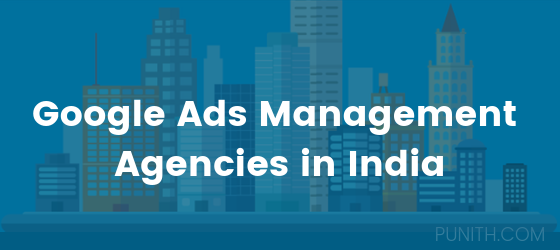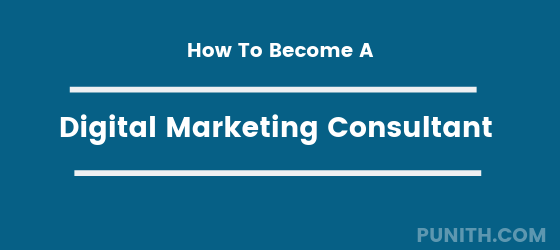Under international copyright laws, all originally created works are protected by copyright. You do not need to learn how to copyright material since the copyright protection on items such as photographs, short stories or films is automatic. Such works cannot be used, distributed or reproduced without the permission of the copyright holder (usually the creator of the work). A creative commons license, however, gives the copyright holder the ability to set out the terms and conditions under which their copyrighted work may be used.
Creative Commons is a non-profit United States corporation founded in 2001. They provide eleven different licenses for created works, enabling copyright holders to state the terms under which their work may be used. Under copyright laws, copyrighted work may not be used without permission. Work in the public domain can be used without permission. Creative Commons bridges the gap between these two situations, enabling work to be used under certain conditions. It is a “some rights reserved” approach to distribution. Created work is already protected under copyright and creative commons simply uses this protection to give creators the freedom to distribute their work under the conditions specified. Their licenses and tools are free to use for all authors, artists and other creators.
Six Most Commonly Used Creative Commons Licenses
There are eleven different licenses provided by Creative Commons that allow creators to set out the terms and conditions under which their work may be used. There are, however, six types of licenses which are the more commonly used. These licenses are:
• Attribution. This license lets people distribute, change, remix and build upon your work. They may use it commercially. All they need to do is make sure you are credited with the original creation.
• Attribution/Noncommercial. This lets people change and build upon your work for non-commercial purposes. The new work must acknowledge you, but can be licensed under different terms.
• Attribution/NoDerivs. This lets people distribute your work, either for commercial or non-commercial reasons. However, the work must not be changed and it must be distributed as the whole work. They must also credit you with the work.
• Attribution/ShareAlike. This lets people change and build upon your work. They can also use the new work for commercial reasons. However, they must credit you and license the new creations under identical terms.
• Attribution/Noncommercial/NoDerivs. This is the most restrictive of the six main licenses that allow redistribution. It allows others to download and share your work, providing they mention and link back to you. They cannot change the work or use it commercially.
• Attribution/Noncommercial/ShareAlike. This license lets people change and build upon your work, as long as it is for non-commercial reasons. They must also credit you and license what they have done under identical terms. This ensures that further changes to your work will also be non-commercial.
Here are some examples of how different Creative Commons licenses may be used.
• Free copyright images may be protected under an Attribution license. The images may be changed and added to. They can then be distributed for commercial reasons, provided that the creator of the images is given credit.
• Creative Commons music that has an Attribution/Noncommercial/ShareAlike license can be changed and added to. It can then be distributed, provided it is for non-commercial reasons. The new product must credit you and be licensed under similar terms.
• If someone licenses a Creative Commons MP3, under an Attribution/NoDerivs license, then the MP3 can be distributed, either for commercial or non-commercial reasons. But the MP3 cannot be changed or altered in any way, and it must be distributed whole. It must give you the credit for the work.
Process for Acquiring a Creative Commons License
The process for acquiring a creative commons license is very simple. All you need to do is go to the Creative Commons website (at creativecommons.org). Select the license you want to apply to your work and follow the instructions on the screen. The code will generate a “Some Rights Reserved” button and will also come up with a statement, saying that the work is licensed under a Creative Commons license. Your copyright creation will also then be able to be found through the Creative Commons-enabled search engines. It is a simple and easy process and you do not need to spend lots of money or time learning how to copyright-protect your work under a Creative Commons license.
Some blog software engines, such as Moveable Type, have a built-in mechanism for acquiring a Creative Commons license. Creative Commons also works with a number of places, to let you post your licensed work. Some of the options provided after you acquire a Creative Commons license are:
• Publishing music in the Internet Archive
• Publishing music to Soundclick
• Posting images at Flickr
• Posting images at Buzznet
• Publishing your video at the Internet Archive
• Publishing music to the Morpheus P2P network
Advantages and Disadvantages of Creative Commons
There are many advantages to authors, musicians and artists in getting their work licensed under a Creative Commons license. Here are some of those advantages:
• Creators get to specify the way in which their work may be used.
• Creators get to distribute work for free, without giving away all of their works.
• A Creative Commons license lets a lot of people see a created work, without enabling them to reproduce it whichever way they want.
However, there are some disadvantages.
• Not everyone will follow the conditions set out in the Creative Commons license. Unfortunately, some people do break the law.
• Authors, musicians and artists may spend a lot of money creating material, and will then not get any money for it.
• People may be more unwilling to pay for creative works, if they can receive creative works for free.
However, a Creative Commons license is a good tool for those who want to learn how to copyright created works and allow some distribution, without giving away all rights.



![All You Need To Know About AMP [Accelerated Mobile Pages]](https://www.punith.com/wp-content/uploads/2018/08/amp.jpg)
0 Comments